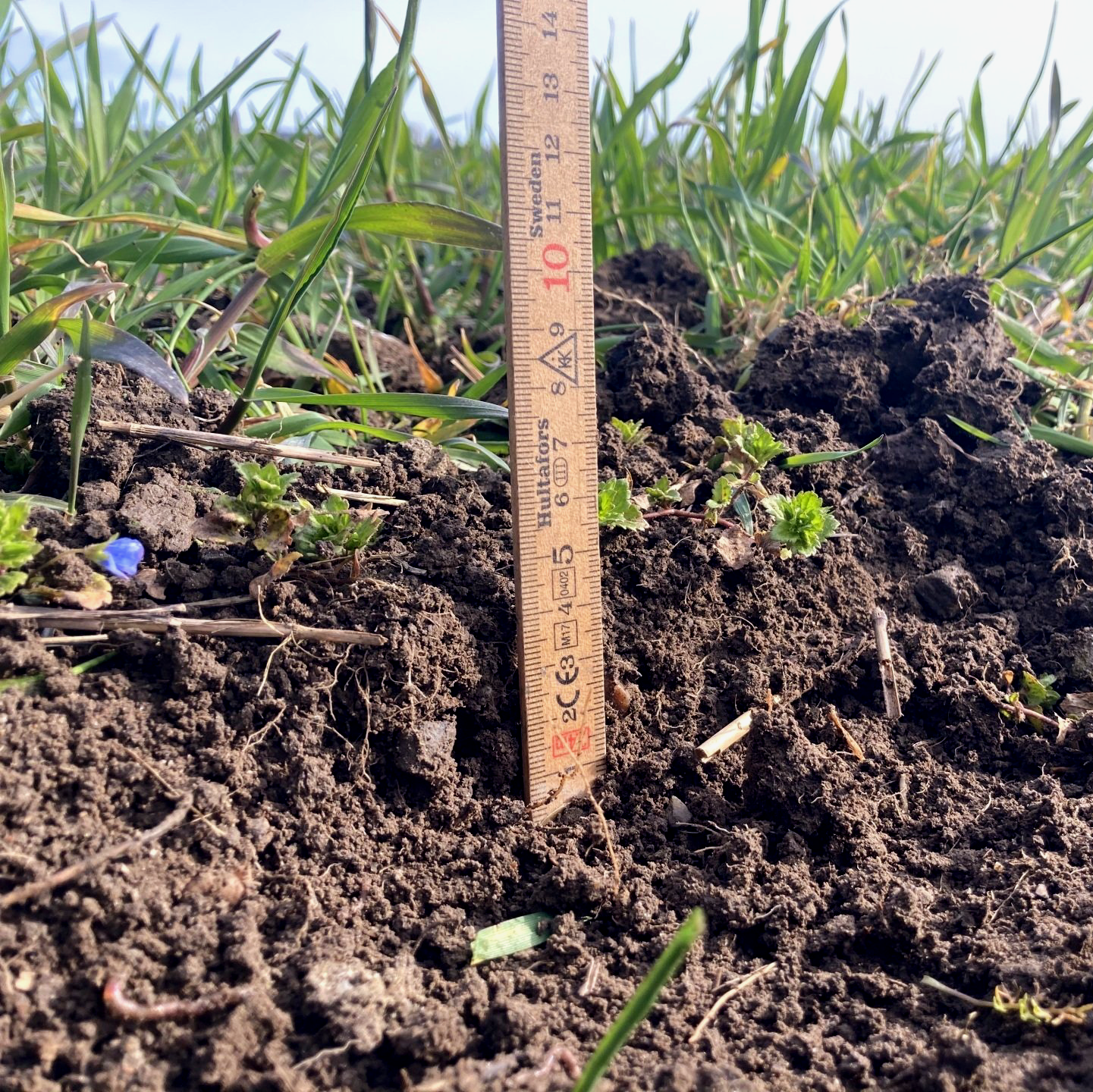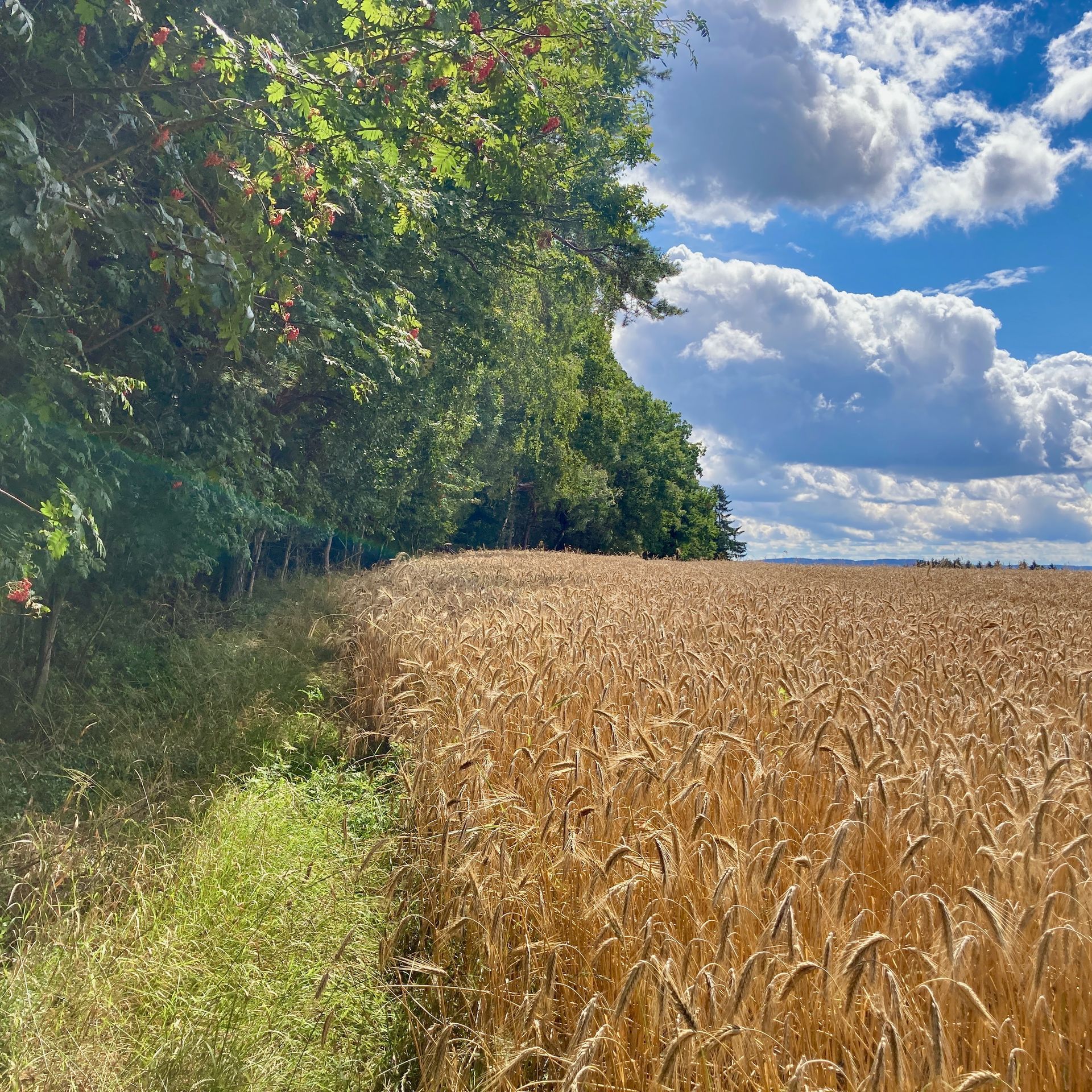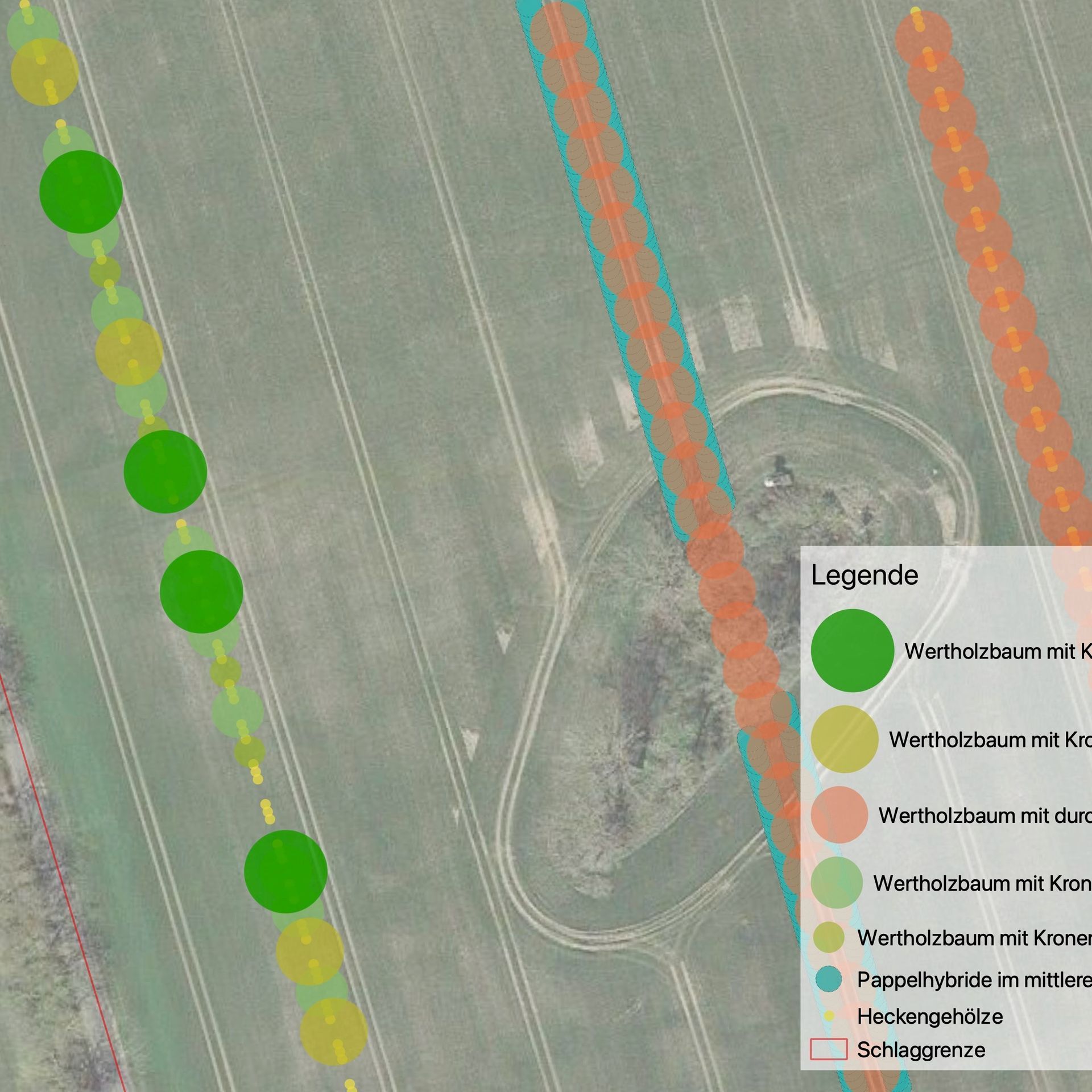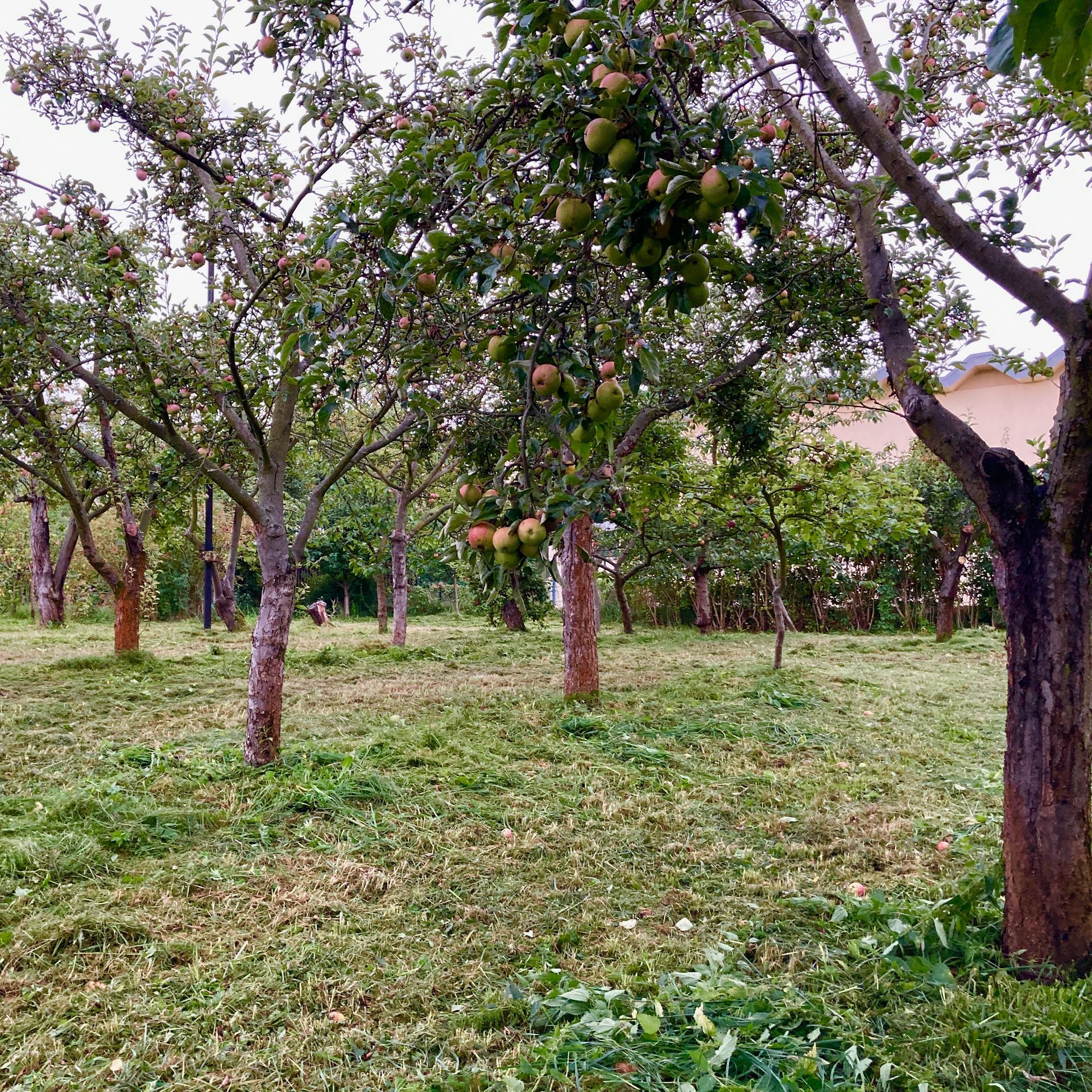My consultancy focus is on soil fertility
which can be enhanced by the following three areas, among others.
Reductive Composting
The idea of reductive composting comes from the general misconception that only aerobic processes can be beneficial to soil life.
However, reductive processes can create very
diverse microbial communities that actively promote soil health. Therefore, the very limited dogma of aerated composting seems antiquated.
In addition, reductive composting can add a high amount of carbon and plant nutrients in a very plant-available form the soil. Water-holding capacity, carbon and nutrient storage are thus increased.
Reductive composting is an extremely suitable method for farms, as it is very
labour-efficient and
can be implemented
without large investments.
The best-known form of reductive composting is the Microbial Carbonisation (MC) according to Walter Witte, which I have been intensively working on since 2019. With MC, composting can be done in an environmentally friendly and labour-efficient way.
From my own scientific research, many
of the positive effects of MC composts can be confirmed.
Results were published here.
I can advise you on setting up your own composting facility and implement it together with you. Moreover, I offer seminars and lectures on request.
Regenerative Farming
Together with you, I develop sustainably high-yielding as well as soil-conserving and soil-building arable farming systems.
One goal hereby is minimal tillage with as little mechanical-chemical intervention as possible.
A major role for plant health and harvest quality is played by biological tilth build-up through catch crops, undersowing and mixed cropping.
With adapted fertilisation concepts and by developing a balanced and active soil life, nutrient efficiency can also be increased.
This can keep weed pressure low, because the multiple tasks of weeds (to loosen compaction or to balance chemical and biological imbalances) have, in the best case, already been fulfilled by other regenerative measures.
The basic idea here is to let nature work for us instead of fighting against it.
Consequently, regenerative agriculture should not be an additional expense but an increase in efficiency.
If you are interested in regenerative agriculture or would like to convert your farm, LANDUX can help you with the following things, among others:
- Development of a site-adapted tillage strategy
- Correct use and adjustment of subsoilers and rotary tillers
- Development of an adapted fertiliser concept, based on detailed soil sampling and analysis
- Development of on-farm Composting
- Successful integration of undersown crops and catch crops
- Extending the crop rotation: remaining competitive with as much diversity as possible
- Making field vegetable production regenerative
- Farm development and visioning
I am also happy to assist you with the integration of other regenerative elements, like grazing animals within the crop rotation etc.
Regenerative Agroforestry
I consider the reintegration of trees into our cleared landscapes to be central to
creating climate change-adapted, resilient and microclimatically beneficial cropping systems.
Trees can be integrated into mechanised and large-scale farms, as well as into small fields managed with a high degree of manual labour. The design and thorough planning of the agroforestry system is therefore crucial for labour efficiency.
In order to be able to offer farmers solid advice and planning for agroforestry systems, I have undergone a one-year education as a certified agroforestry planner at the German Association for Agroforestry (DeFAF).
Knowledge about the various planning aspects of agroforestry systems and the use of geoinformation systems, to facilitate the planning and planting of trees, are indispensable for a successful agroforestry project. As part of my agroforestry training, I have planned, experienced, helped to establish and managed agroforestry systems myself.
Whether an agroforestry system will produce yields from arable crops, vegetable crops, grazing animals, berries, nuts, mushrooms or timber is highly dependent on the farm and site.
Ultimately, agroforestry is about increasing the diversity of the cropping system in order to increase the yield potential and stability of the site. In the long run, this works to the advantage of the farm and its environment.
I will be happy to advise you on questions regarding agroforestry and
plan your agroforestry system
with you.
LANDUX can help to implement regenerative measures on a farm-specific basis. The farm as a whole is seen as a unit and an attempt is made to find weak points where the advice can be targeted.
Advice that roots aims to point out solutions and offers help to help yourself in order to reduce dependencies of any kind in the long term.
I am happy to be at your disposal for a free and non-binding initial call.









